Amsterdam 1834 – 1933 Brussels
Dutch – Belgian Painter
'View of the Main Gate at Wertheim, Germany 1883'
Signature: signed lower left ‘J. Carabain’, artist’s certification on the reverse, signed, inscribed Brussels and dated 15 December 1883
Medium: oil on canvas
Dimensions: image size 40 x 30 cm, frame size 63 x 53 cm
Biography: Jacques François Joseph Carabain (born Jacob Frans Jozef Carabain on 23 February 1834 in Amsterdam, died 2 January 1933 in Schaerbeek) was a Dutch-Belgian painter celebrated for his luminous, meticulously detailed cityscapes. Working in a Romantic-Realist style, Carabain captured the architectural beauty and everyday life of European cities, preserving the spirit of historic streets and markets in an era of rapid change.
Carabain began his artistic journey at the Kunstakademie in Amsterdam, where he studied under Jacobus Schoemaker Doyer and Valentijn Bing. Initially painting landscapes and seascapes, he soon found his true passion in depicting city scenes, drawn to the intricate architecture of Medieval and Baroque structures and the vibrant life of bustling marketplaces. His first major exhibition was at the Exhibition of Living Masters in 1852, marking the start of a long and prolific career.
After leaving Amsterdam in 1856, Carabain traveled throughout Europe, briefly residing in Brussels before settling permanently in Schaerbeek, Belgium. It was here that his focus on cityscapes deepened under the influence of painter François-Antoine Bossuet. Carabain traveled widely, capturing the essence of cities across Italy, Germany, France, and Austria, and exhibiting internationally, including at the London International Exhibitions in 1873 and 1874.
In 1880, Carabain became a Belgian citizen, further anchoring his connection to his adopted country. His artistic curiosity took him as far as New Zealand and Australia in 1885, where he exhibited at the Victorian Academy of Arts and lived in Melbourne before returning to Belgium in 1889.
One of his most significant contributions was a commission from Brussels Mayor Charles Buls between 1894 and 1897 to paint a series of watercolors depicting the old quarters of Brussels, threatened by King Leopold II’s sweeping redevelopment plans. This series of 59 watercolors is considered a precious record of the city’s architectural heritage and was celebrated in a major exhibition at the Museum of the City of Brussels in 2011.
Carabain held his final exhibition in 1907 and, despite some sources mistakenly recording this as the year of his death, he lived quietly for another 26 years, passing away at nearly 99 years old. His long life allowed him to witness nearly a century of European transformation, much of which he captured in his detailed and atmospheric works.
Artistic talent ran in the Carabain family. His son, Victor Carabain (1863–1942), followed in his footsteps as a cityscape painter, while another son, Emile, became a still-life painter, although little is known about him.
Today, Carabain’s paintings remain highly regarded for their exceptional precision, luminous palette, and evocative portrayal of European urban life. His works are held in significant collections, including the Museum of the City of Brussels, the Philadelphia Museum of Art, and the Auckland Art Gallery, continuing to inspire collectors and historians who value their artistic merit and historical insight.
Through his dedication to capturing the architectural soul of the cities he loved, Jacques François Joseph Carabain left behind not only beautiful paintings but also a vital visual record of Europe’s rich urban heritage.


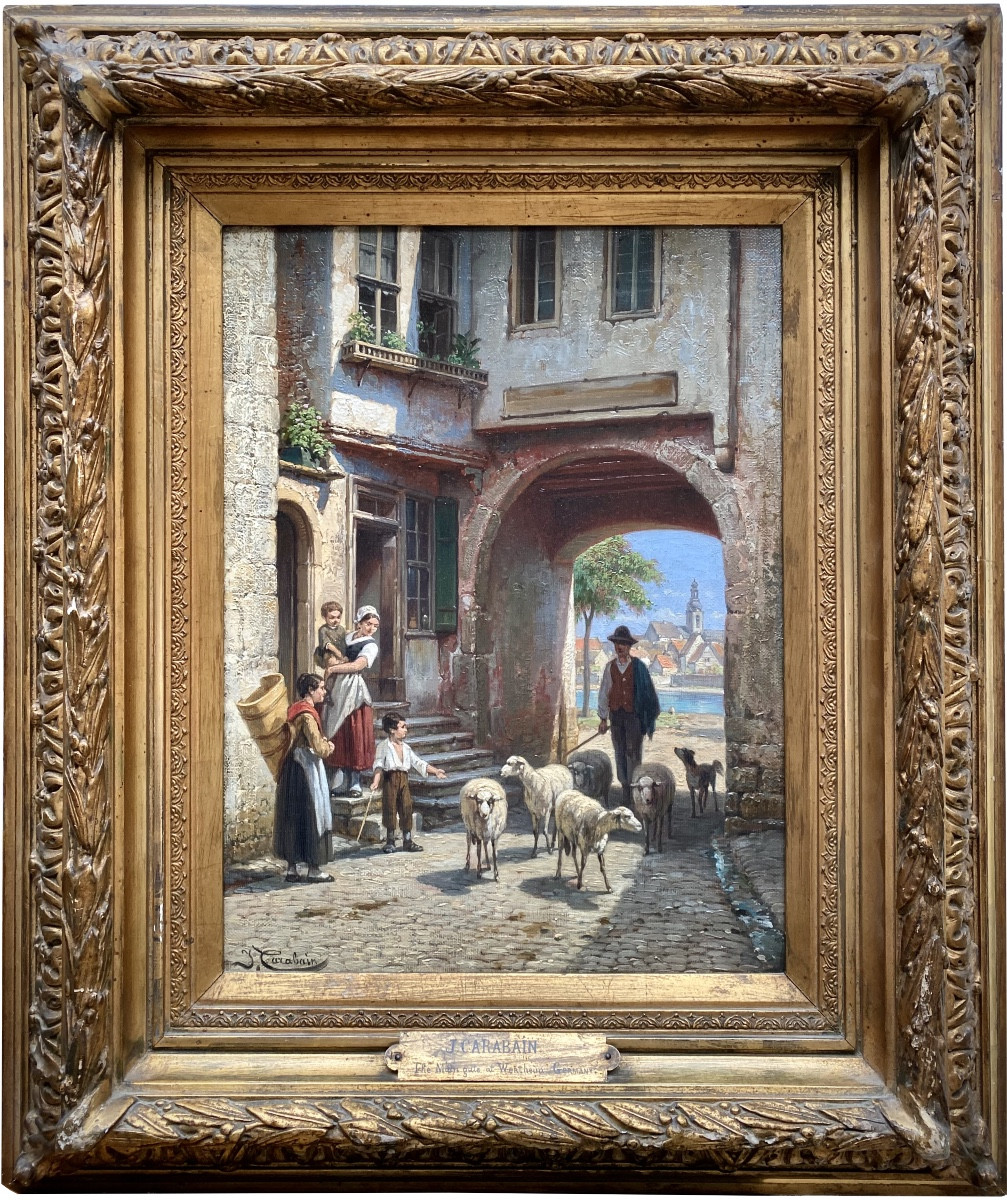

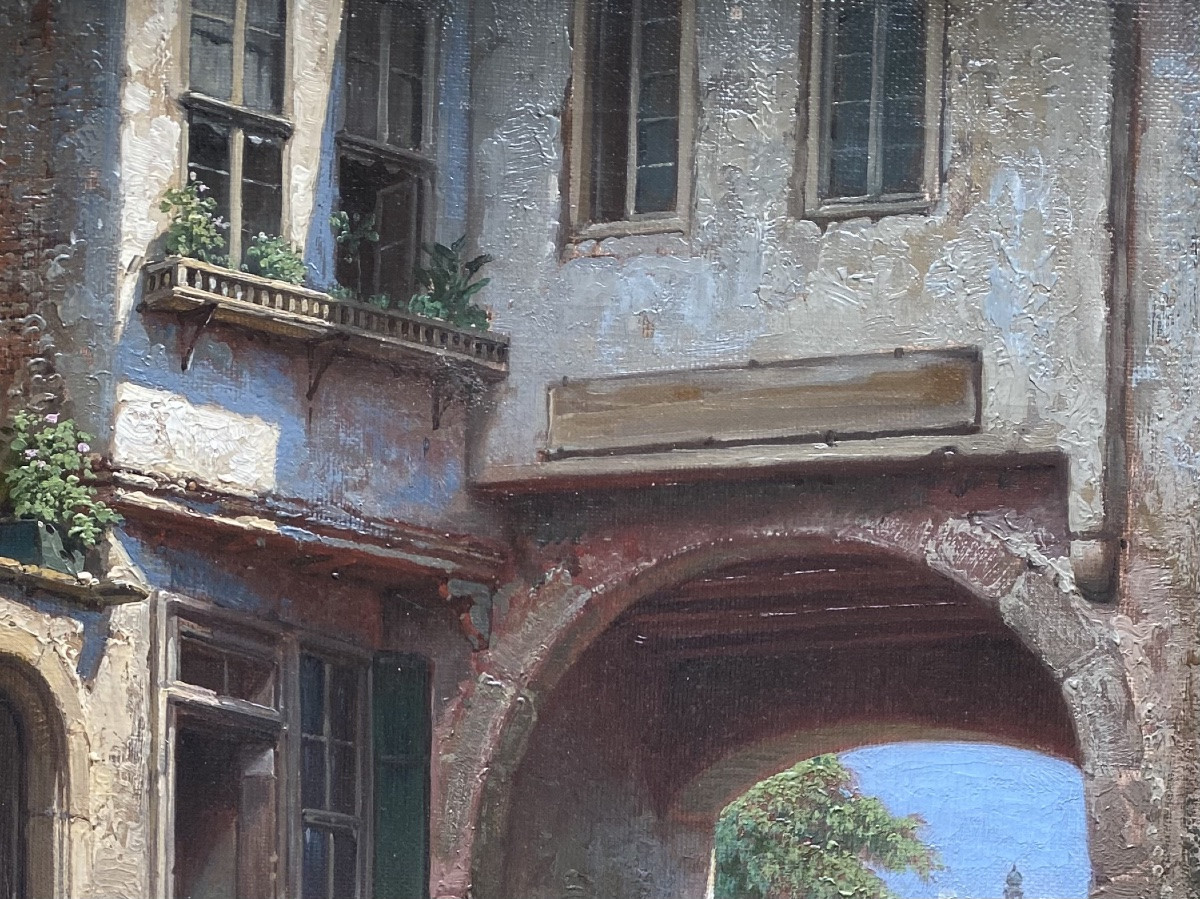






















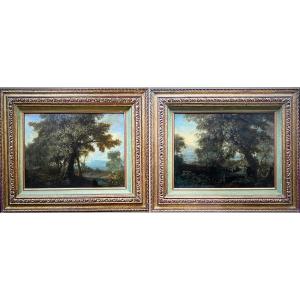
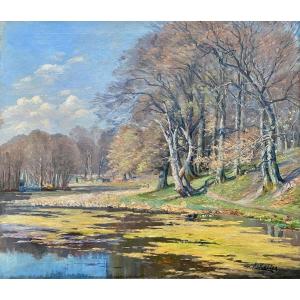

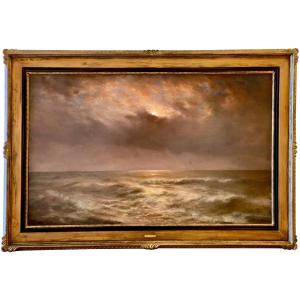
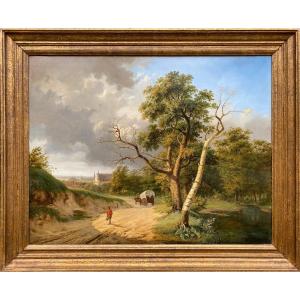

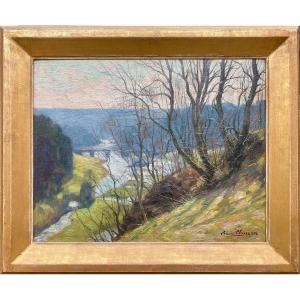
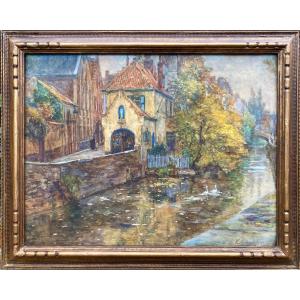
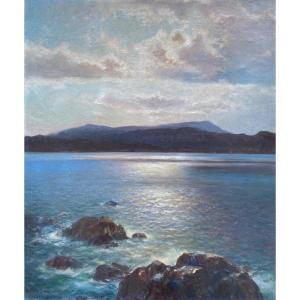



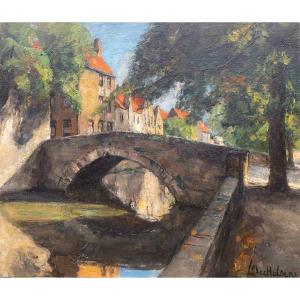

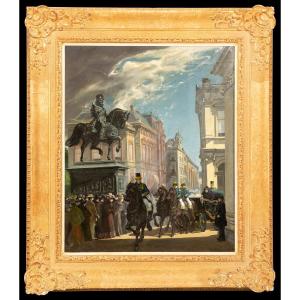



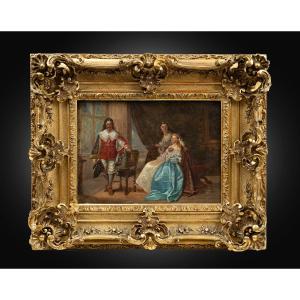




 Le Magazine de PROANTIC
Le Magazine de PROANTIC TRÉSORS Magazine
TRÉSORS Magazine Rivista Artiquariato
Rivista Artiquariato